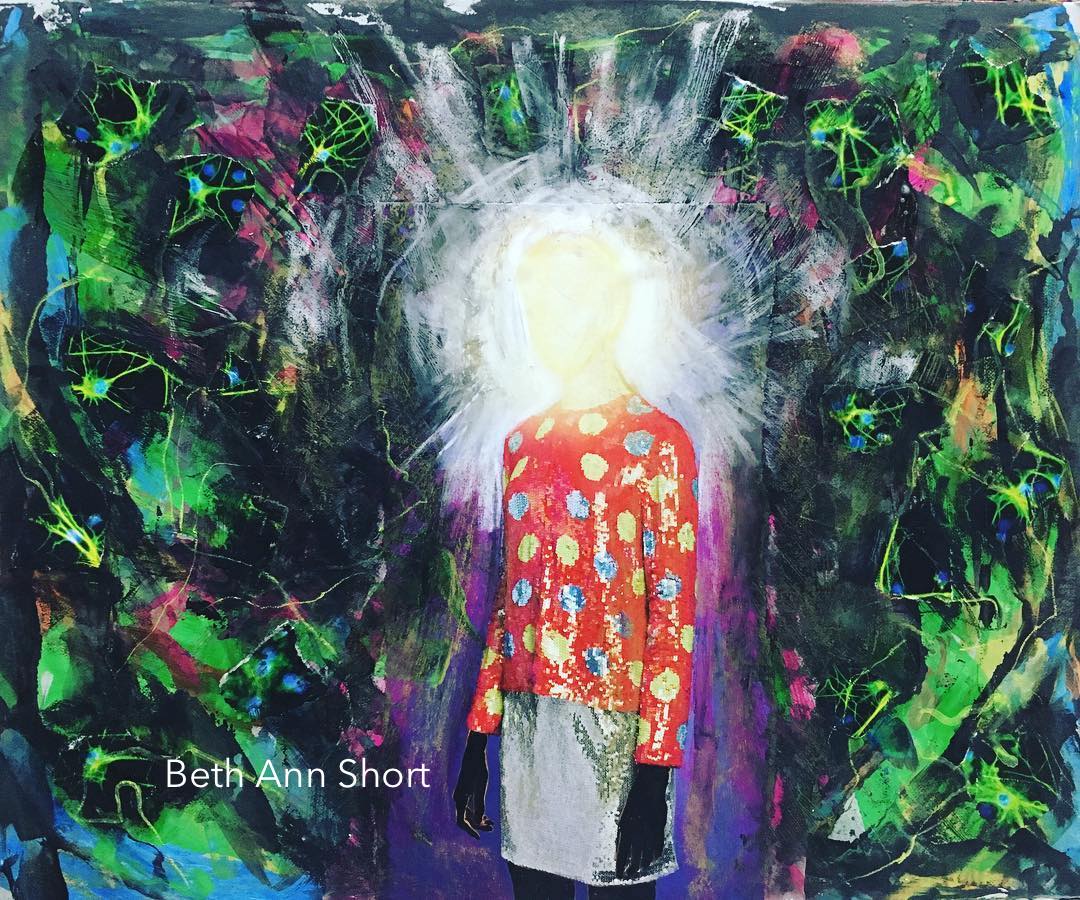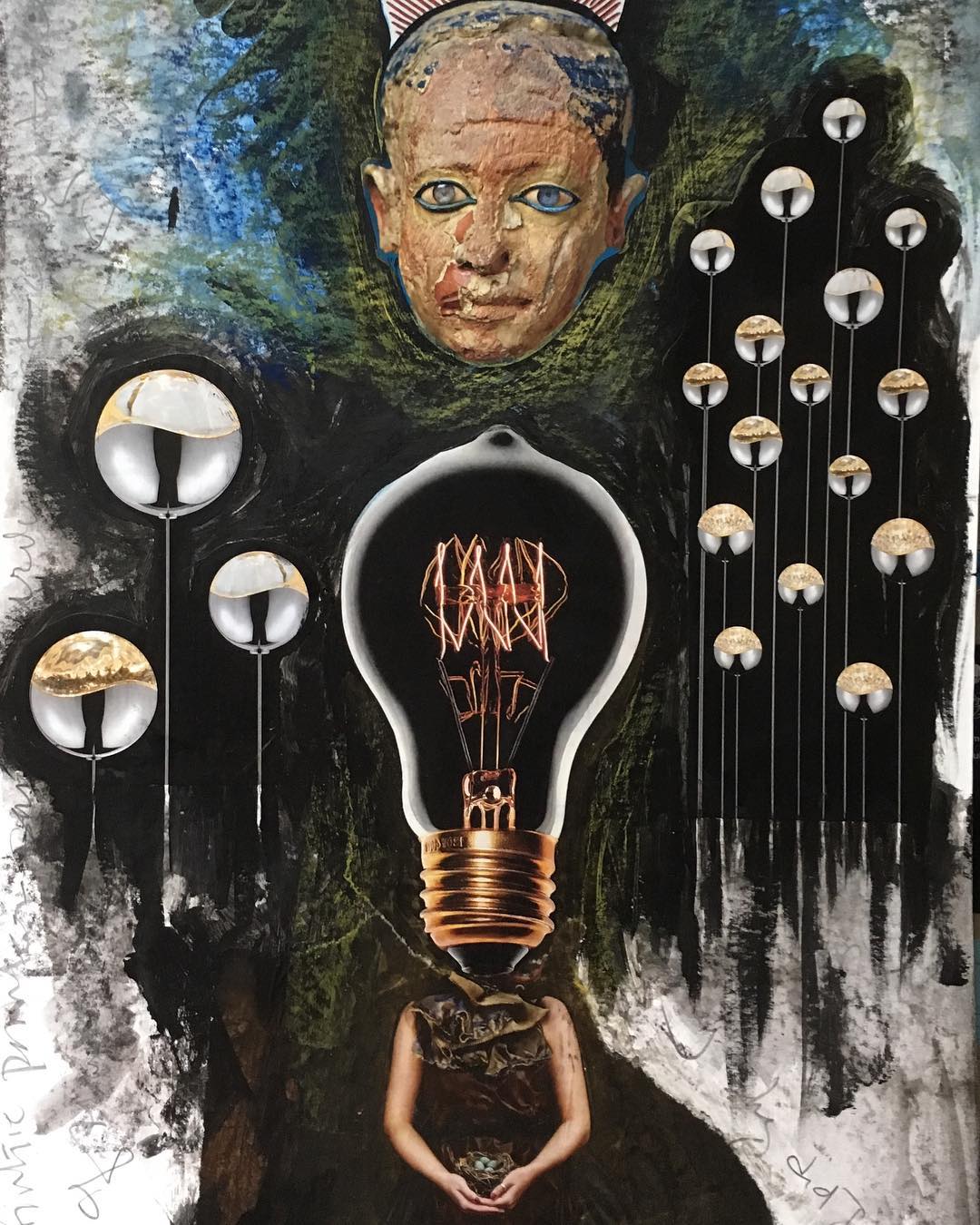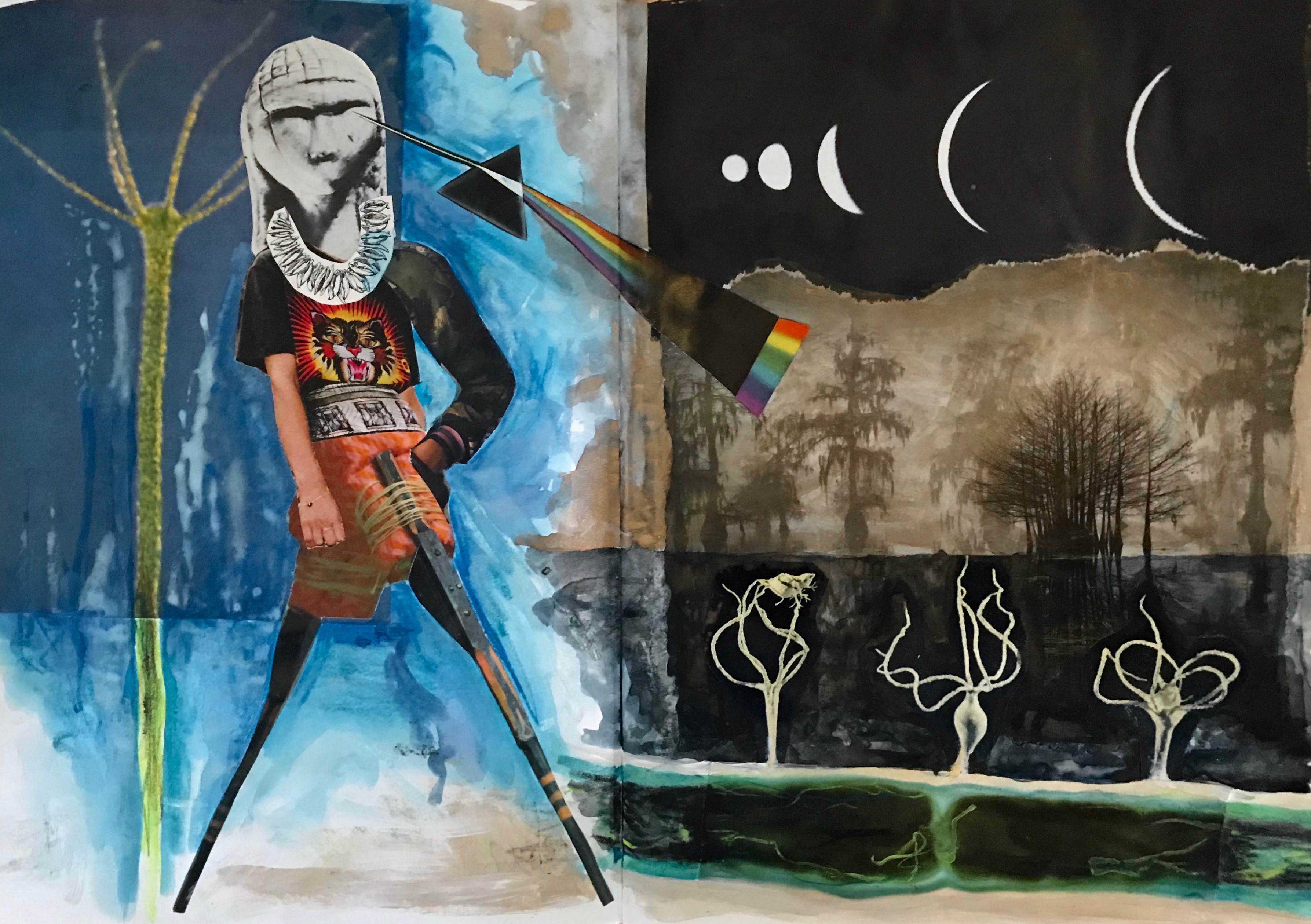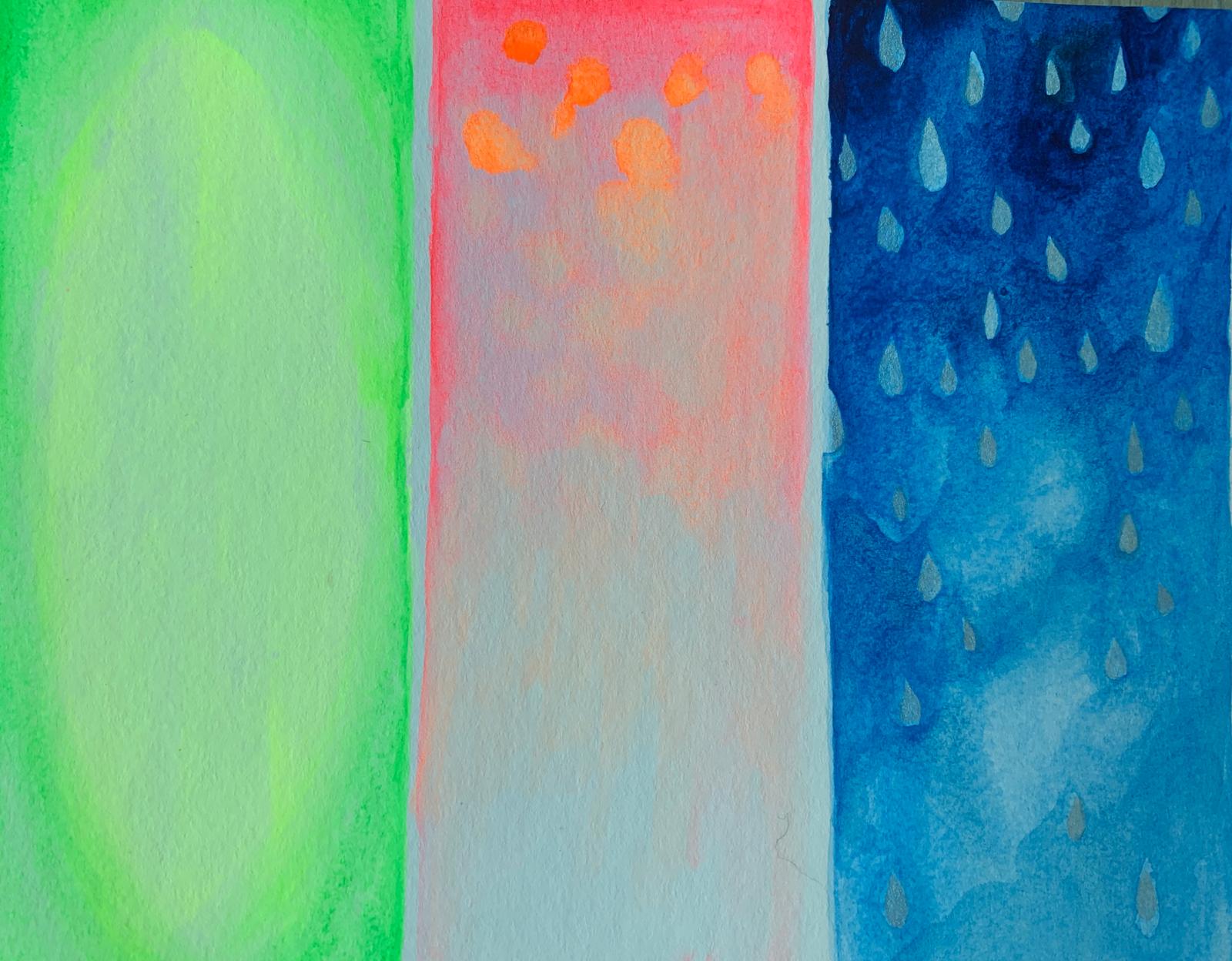- Teacher: Belle Koskela
Lewis & Clark Moodle
Результаты поиска: 2574

There will be a strong emphasis on statutory law and the legislative process, and administrative law and the rulemaking process. During the course of the semester we will also explore current awareness tools, specialized information databases, advanced case law research, advanced database searching, science and statistical sources, cost-effective research strategies, international and foreign environmental law, and current and archived sources of government information.
- Teacher: Robert Truman

Section or an Online Section. Each section has its
own course description. Check the current catalog
or WebAdvisor to see which section is offered in
any given year.
Legal Research: Environmental Law - Professor
Robert Truman
Course Number: LAW-583-OL Online Section
Course Type: Highly Specialized
Credits: 2
Enrollment Limit: 25
Description: This course will be offered online
with no scheduled course meetings. Students will
gain advanced understanding of the legal resources
and research techniques used in the practice of
environmental, natural resources, and energy law.
We will cover sources and techniques beyond those
of introductory research courses, with an emphasis
on administrative materials and advanced statutory
research, as well as exposure to current awareness
tools, topical databases, international
environmental legal research, legislative tracking
and history, science and statistics sources,
cost-effective research strategies, and current
and archived sources of government information.
The course is designed to complement other
environmental, natural resources, and energy law
courses and clinics, and to allow students to
apply knowledge gained in this class to their
research, clinical, journal, and work experiences.
Prerequisite: none
Evaluation Method: Regular exercises and short
quizzes, class participation (through online
discussion and, potentially, synchronous video
chats), and a final research project on a topic
within environmental, natural resources, or energy
law of the student's choosing. This final project
may be related to a student's Capstone or other
writing requirement, clinical experience,
internship/externship, or other work.
Capstone: no
WIE: no
- Teacher: Robert Truman
Welcome to a most practical course. One built around an asynchronous classroom experience providing exposure to the legal resources and research techniques used in the practice of environmental, natural resources, and energy law.
There will be a strong emphasis on statutory law and the legislative process, and administrative law and the rulemaking process. During the course of the semester we will also explore current awareness tools, specialized information databases, advanced case law research, advanced database searching, science and statistical sources, cost-effective research strategies, international and foreign environmental law, and current and archived sources of government information.
The course is designed to complement other environmental, natural resources, and energy law courses and clinics, and to allow students to apply knowledge gained in this class to their research, clinical, journal, and work experiences.
- Teacher: Robert Truman

Section or an Online Section. Each section has its
own course description. Check the current catalog
or WebAdvisor to see which section is offered in
any given year.
Legal Research: Environmental Law - Professor
Robert Truman
Course Number: LAW-583-OL Online Section
Course Type: Highly Specialized
Credits: 2
Enrollment Limit: 25
Description: This course will be offered online
with no scheduled course meetings. Students will
gain advanced understanding of the legal resources
and research techniques used in the practice of
environmental, natural resources, and energy law.
We will cover sources and techniques beyond those
of introductory research courses, with an emphasis
on administrative materials and advanced statutory
research, as well as exposure to current awareness
tools, topical databases, international
environmental legal research, legislative tracking
and history, science and statistics sources,
cost-effective research strategies, and current
and archived sources of government information.
The course is designed to complement other
environmental, natural resources, and energy law
courses and clinics, and to allow students to
apply knowledge gained in this class to their
research, clinical, journal, and work experiences.
Prerequisite: none
Evaluation Method: Regular exercises and short
quizzes, class participation (through online
discussion and, potentially, synchronous video
chats), and a final research project on a topic
within environmental, natural resources, or energy
law of the student's choosing. This final project
may be related to a student's Capstone or other
writing requirement, clinical experience,
internship/externship, or other work.
Capstone: no
WIE: no
Legal Research: Environmental Law - Professor
Robert Truman
Course Number: LAW-583 In-Person Section
NOTE: This section will meet for two hours and run
for the first seven weeks of the semester. Because
of the shortened course structure, students may
not add this course after the first class meeting.
Course Type: Highly Specialized
Credits: 1
Enrollment Limit: 25
Description: This one-credit course will provide
in-depth exposure to the legal resources and the
most effective research techniques used in the
practice of environmental, natural resources, and
energy law. There will be a strong emphasis on
administrative law and the rulemaking process in
addition to advanced statutory and case law
research, and students will explore current
awareness tools, specialized information
databases, international environmental legal
research, environmental dispute resolution
resources, legislative tracking and legislative
history, science and statistics sources,
cost-effective research strategies, and current
and archived sources of government information.
The course is designed to complement other
environmental, natural resources, and energy law
courses and clinics, and to allow students to
apply knowledge gained in this class to their
research, clinical, journal, and work experiences.
Prerequisite: none
Evaluation Method: Class participation, in and out
of class exercises, and a final project on a topic
within environmental, natural resources, or energy
law of the student's choosing.
Capstone: no
WIE: no
- Teacher: Robert Truman
Here is a test course to showcase H5P content and content creation for Moodle.
- Teacher: Educational Technology Administrator
- Teacher: Aurelio Puente
- Teacher: Brittney Peake
- Teacher: Suzanne Groth
- Teacher: David Hoffman
- Teacher: Suzanne Groth

This course addresses the general question: Why do animals behave the way they do? Answering this question involves a consideration of both the proximate and ultimate issues of animal behavior. The emphasis in this course is on integration of proximate and ultimate analyses. Throughout the semester, we will use lectures, laboratories, and selected readings to both survey important topics in animal behavior and learn how to perform rigorous research in behavioral biology.
- Teacher: Tracy Burkhard
produced in Europe and North America, focusing on
work created between the 14th and 21st centuries.
Exploration of key theoretical problems and ways
of looking especially important to the history of
art. Multiple perspectives and methods of analysis
provided through lectures, scheduled discussions,
and museum fieldwork. Key works situated in a
variety of contexts: the role of art in religious
and memorial practices; the rise of the social
status of the artist; drawing as a form of
thinking; art as a tool of power and politics; art
as constructor of gender and identity; visual
narrative; the potentials and limitations of
various technical media; definitions of
"modernism"; the uses of "classicism."
- Teacher: Matthew Johnston
- Teacher: Dawn Odell
- Teacher: Dawn Odell
produced in Europe and North America, focusing on
work created between the 14th and 21st centuries.
Exploration of key theoretical problems and ways
of looking especially important to the history of
art. Multiple perspectives and methods of analysis
provided through lectures, scheduled discussions,
and museum fieldwork. Key works situated in a
variety of contexts: the role of art in religious
and memorial practices; the rise of the social
status of the artist; drawing as a form of
thinking; art as a tool of power and politics; art
as constructor of gender and identity; visual
narrative; the potentials and limitations of
various technical media; definitions of
"modernism"; the uses of "classicism."
- Teacher: Matthew Johnston
- Teacher: Dawn Odell
produced in Europe and North America, focusing on
work created between the 14th and 21st centuries.
Exploration of key theoretical problems and ways
of looking especially important to the history of
art. Multiple perspectives and methods of analysis
provided through lectures, scheduled discussions,
and museum fieldwork. Key works situated in a
variety of contexts: the role of art in religious
and memorial practices; the rise of the social
status of the artist; drawing as a form of
thinking; art as a tool of power and politics; art
as constructor of gender and identity; visual
narrative; the potentials and limitations of
various technical media; definitions of
"modernism"; the uses of "classicism."
- Teacher: Matthew Johnston
representational and abstract manner. Emphasis on
gaining technical proficiency with color and
paint handling, finding self-direction, and
identifying precedents in the history of
painting. Topics explored include representation,
abstraction, postmodernism, collage. Students
will develop and use critical language that
addresses the inherent issues in painting.
- Teacher: Cara Tomlinson
- Teacher: Cara Tomlinson
- Teacher: Cara Tomlinson
- Teacher: Cara Tomlinson
on the study of the human body. We address both
historical and contemporary contexts and include
specific approaches to figure painting such as
old master, alla prima, direct observation,
abstraction, color and pattern, and collage.
Emphasis is on gaining technical proficiency with
paint handling, finding self-direction, and
identifying both contemporary and historical
precedents. Through short readings, slide
lectures and discussions, students will develop
and use critical language that addresses inherent
issues in figure painting including
representation, phenomenology,
post-structuralism, and feminism.
- Teacher: Cara Tomlinson
on the study of the human body. We address both
historical and contemporary contexts and include
specific approaches to figure painting such as
old master, alla prima, direct observation,
abstraction, color and pattern, and collage.
Emphasis is on gaining technical proficiency with
paint handling, finding self-direction, and
identifying both contemporary and historical
precedents. Through short readings, slide
lectures and discussions, students will develop
and use critical language that addresses inherent
issues in figure painting including
representation, phenomenology,
post-structuralism, and feminism.
- Teacher: Cara Tomlinson
- Teacher: Cara Tomlinson
prints, sculpture, and architecture produced in
China, focusing on select key works created from
the neolithic to the contemporary moment.
Exploration of key theoretical problems and ways
of looking especially important to the history of
art. Multiple perspectives and methods of analysis
provided through lectures, scheduled discussions,
and museum fieldwork. Key works are situated in a
variety of contexts: the role of art in religious
and memorial practices, the social status of the
artist, art as a tool of power and politics, art
as constructor of gender and identity, the
potentials and limitations of various technical
media.
- Teacher: Dawn Odell
prints, sculpture, and architecture produced in
China, focusing on select key works created from
the neolithic to the contemporary moment.
Exploration of key theoretical problems and ways
of looking especially important to the history of
art. Multiple perspectives and methods of analysis
provided through lectures, scheduled discussions,
and museum fieldwork. Key works are situated in a
variety of contexts: the role of art in religious
and memorial practices, the social status of the
artist, art as a tool of power and politics, art
as constructor of gender and identity, the
potentials and limitations of various technical
media.
- Teacher: Dawn Odell
- Teacher: Dawn Odell
- Teacher: Dawn Odell
civilizations, other major early Central and South
American cultures. Examination of architecture,
sculpture, ceramics, painting; how the arts played
a key role in developing a sense of continuity
within these societies across time and distance.
- Teacher: Matthew Johnston
civilizations and other major early Central and
South American cultures. Examination of
architecture, sculpture, ceramics, painting; how
the arts played a key role in developing a sense
of continuity within these societies across time
and distance.
- Teacher: Matthew Johnston
- Teacher: Matthew Johnston
civilizations and other major early Central and
South American cultures. Examination of
architecture, sculpture, ceramics, painting; how
the arts played a key role in developing a sense
of continuity within these societies across time
and distance.
- Teacher: Matthew Johnston
to sewing, advanced techniques, and conceptual practices. Creating sculpture
that demonstrates technical proficiency and radical explorations of content, materials, and context as it relates to form.
- Teacher: Jess Perlitz
to more materials. Creating sculpture that demonstrates technical proficiency and radical explorations of content, materials, and context as it relates not only to materials & form, but also function.
- Teacher: Jess Perlitz
artistic practice in a time of climate change and
ecological crises. As artists, how do we think
through the material, environmental, and
psychological costs of our production? What kinds
of thinking are embodied in place? How can
place-based embodied knowledge teach resilience?
What does a sustainable practice look like in
terms of material and immaterial resources?
Utilizing expertise from regional eco-artists,
field trips in and around Portland, research, and
practice, we will explore the relationship between
place, the agency of material, and the intention
of the artist.
- Teacher: Cara Tomlinson
- Teacher: Cara Tomlinson
- Teacher: Cara Tomlinson
characterized by theatricality, dynamism, and
reality effects. Exploration of European art
created 1600-1800 and its conversation with
related monuments produced in Asia, Africa, and
the Americas. Investigation of the role of
colonialism, commerce, and empire in the
construction of a global aesthetic. Close
examination of examples of art and architecture
crafted for individual monarchs, missionaries,
merchants, and common citizens by artists such as
Rembrandt, Bernini, and Artemisia Gentileschi.
- Teacher: Dawn Odell
characterized by theatricality, dynamism, and
reality effects. Exploration of European art
created 1600-1800 and its conversation with
related monuments produced in Asia, Africa, and
the Americas. Investigation of the role of
colonialism, commerce, and empire in the
construction of a global aesthetic. Close
examination of examples of art and architecture
crafted for individual monarchs, missionaries,
merchants, and common citizens by artists such as
Rembrandt, Bernini, and Artemisia Gentileschi.
- Teacher: Dawn Odell
- Teacher: Dawn Odell
- Teacher: Matthew Johnston
as integral components of an emerging modernity in
the United States and Europe during the 19th
century. Focus on technical innovations and the
examination of primary writings by artists,
critics, authors, and other cultural figures to
assess their aspirations for and anxieties about
the innovations' social and cultural implications.
Realism as a movement in academic art; debates
about the artistic value of mass media and the
impact on artistic practice; early mass media and
the pursuit of political change; the relationship
between art and science; the shaping of national,
racial, class, and gender identities; the
emergence of the modern commercial market and
industrial production.
- Teacher: Matthew Johnston
- Teacher: Jess Perlitz
century to the present, focusing on the way
historical developments in architecture reflect
and influence social values and on architecture as
a unique artistic medium. Specific issues include:
entirely new types of buildings and structures for
a modern industrial and commercial society, new
building materials, the decline of craftsmanship,
the constraints and opportunities of urban
planning, and the impact of new
design/reproduction technologies. Provides a set
of architectural concepts and terms for describing
structure and space and a critical overview of the
aesthetic, technical, and social issues
confronting architects over the past two and a
half centuries. Finally, investigates how
architects themselves conceptualized the
challenges facing them as architecture responded
to and shaped an evolving modern world, through
close readings of their writings in relation to
the buildings and structures they designed.
- Teacher: Matthew Johnston
topics in contemporary art practice. Focus varies
depending on instructor; please refer to the art
department website for detailed course
descriptions. Topics may include heterogeneity,
hybrids, environment, time, and the human-animal
relationship.
- Teacher: Val Britton
- Teacher: Joel Fisher
- Teacher: Joel Fisher
topics in contemporary art practice. Focus varies
depending on instructor; please refer to the art
department website for detailed course
descriptions. Topics may include heterogeneity,
hybrids, environment, time, and the human-animal
relationship. May be repeated for credit with a
change of topic; however, registration for
subsequent sections must be done via the
registrar's office.
- Teacher: Jess Perlitz
- Teacher: Dawn Odell
century to 1949, with a focus on work created in
four cities: Suzhou, Guangzhou, Beijing, and
Shanghai. Considerations of relationships between
the built environment and artist production;
definitions of modernity; artistic conventions and
religious beliefs of the Manchu court; impacts of
trade with Europe and America on visual culture;
responses to new reproductive technologies,
including lithography and photography; woodblock
print and film as mediums of political protest.
- Teacher: Dawn Odell
facilitated through exploration of current work,
museums, galleries.
- Teacher: Matthew Johnston
Provides a firm foundation and proficiency in a
chosen medium, and fosters a critical dialogue
and interdisciplinary discourse about art-making
through critiques and visiting artists. Students
will work on a series of writings and research
including interviews and project proposals.
- Teacher: Dru Donovan
- Teacher: Cara Tomlinson
essential to the practices of art history:
writing, researching, oral presentation,
intellectual dialogue. Culminates in a 40-minute
oral presentation and a 25-page thesis.
- Teacher: Dawn Odell
- Teacher: Matthew Johnston
- Teacher: Eric Jensen
In this shared community space students are encouraged to support one another, post questions, learn about upcoming events, and access important information about the program.
- Teacher: Mary Andrus
- Teacher: Kristine Bella
- Teacher: Jillynn Garcia
- Teacher: Gaelan Harmon-Walker
- Teacher: Margaret Hartsook
- Teacher: Erin Headley
- Teacher: Portia Jones
- Teacher: Maria Leija Briones
- Teacher: Erin Partridge
- Teacher: Counseling Psychology
- Teacher: Quinn Rivenburgh
- Teacher: Justin Rock
- Teacher: Missy Satterberg
- Teacher: Beth Ann Short
cultural life in South Korea. Topics include
popular culture, language, material culture,
regional relations, religion, and colonialism.
- Teacher: Jeongsu Shin
- Teacher: Jeongsu Shin
- Teacher: Susan Glosser
- Teacher: Gregory Crosby
- Teacher: Gregory Crosby
- Teacher: Justin Rock
principles and techniques of counseling theories
and their applications in professional settings.
- Teacher: Justin Rock
- Teacher: Justin Rock
- Teacher: Justin Rock
- Teacher: Justin Rock
principles and techniques of counseling theories
and their applications in professional settings.
- Teacher: Justin Rock
- Teacher: Justin Rock
- Teacher: Justin Rock

- Teacher: Beth Ann Short

- Teacher: Beth Ann Short

- Teacher: Beth Ann Short
- Teacher: Beth Ann Short
- Teacher: Beth Ann Short

including history, development, major theories,
and applications of art therapy with various
client populations.
- Teacher: Francesca Debiaso
- Teacher: Bianca Lee

including history, development, major theories,
and applications of art therapy with various
client populations.
- Teacher: Bianca Lee
Introductory overview of the field of art therapy
including history, development, major theories,
and applications of art therapy with various
client populations. Admission into Art Therapy
Program required.
- Teacher: Francesca Debiaso
Introductory overview of the field of art therapy
including history, development, major theories,
and applications of art therapy with various
client populations. Admission into Art Therapy
Program required.
- Teacher: Francesca Debiaso
- Teacher: Kristine Bella
- Teacher: Kristine Bella
- Teacher: Kristine Bella
- Teacher: Kristine Bella
- Teacher: Kristine Bella
- Teacher: Kristine Bella
- Teacher: Missy Satterberg
therapeutic relationships, review and practice of
helping skills with an overview of social and
cultural contexts, types of practice, supervision,
ethical principles, and professional orientation.
- Teacher: Kristine Bella
- Teacher: Stephanie Solano
- Teacher: Missy Satterberg
- Teacher: Jolie Guillebeau
- Teacher: Jolie Guillebeau
Through the lens of art
therapy this course will examine; polyvagal theory, brain development and the
impact of trauma on the developing brain, the stages of treatment when working
with clients who have experienced trauma, methods to protect and manage self-care
to address vicarious traumatization in clinical practice, various methods to
treat trauma with different client populations and showing sensitivity to
cultural, environmental and developmental needs. Teaching methods include but
are not limited to readings, lecture, video, discussions, and experiential art
making directives.
examine: polyvagal theory, brain development and
the impact of trauma on the developing brain; the
stages of treatment when working with clients who
have experienced trauma; methods to protect and
manage self-care to address vicarious
traumatization in clinical practice; various
methods to treat trauma with different client
populations; and showing sensitivity to cultural,
environmental and developmental needs. The course
examines the impact of racial trauma, oppression
and historical and generational trauma to help
students address injustice and support healing.
Teaching methods include but are not limited to
readings, lecture, video, discussions, and
experiential art making directives.
- Teacher: Mary Andrus
examine: polyvagal theory, brain development and
the impact of trauma on the developing brain; the
stages of treatment when working with clients who
have experienced trauma; methods to protect and
manage self-care to address vicarious
traumatization in clinical practice; various
methods to treat trauma with different client
populations; and showing sensitivity to cultural,
environmental and developmental needs. The course
examines the impact of racial trauma, oppression
and historical and generational trauma to help
students address injustice and support healing.
Teaching methods include but are not limited to
readings, lecture, video, discussions, and
experiential art making directives.
- Teacher: Mary Andrus
- Teacher: Justin Rock
- Teacher: Justin Rock
- Teacher: Justin Rock
- Teacher: Justin Rock
- Teacher: Stephanie Solano
approaches to appraisal and diagnosis, data and
information-gathering methods, psychometric
statistics, factors influencing appraisals, and
use of appraisal results in helping processes. The
ability to select, administer and interpret tests
and inventories is developed.
- Teacher: Justin Rock

approaches to appraisal and diagnosis, data and
information-gathering methods, psychometric
statistics, factors influencing appraisals, and
use of appraisal results in helping processes. The
ability to select, administer and interpret tests
and inventories is developed.
- Teacher: Gaelan Harmon-Walker

approaches to appraisal and diagnosis, data and
information-gathering methods, psychometric
statistics, factors influencing appraisals, and
use of appraisal results in helping processes. The
ability to select, administer and interpret tests
and inventories is developed.
- Teacher: Gaelan Harmon-Walker
- Teacher: Mary Andrus
- Teacher: Francesca Debiaso